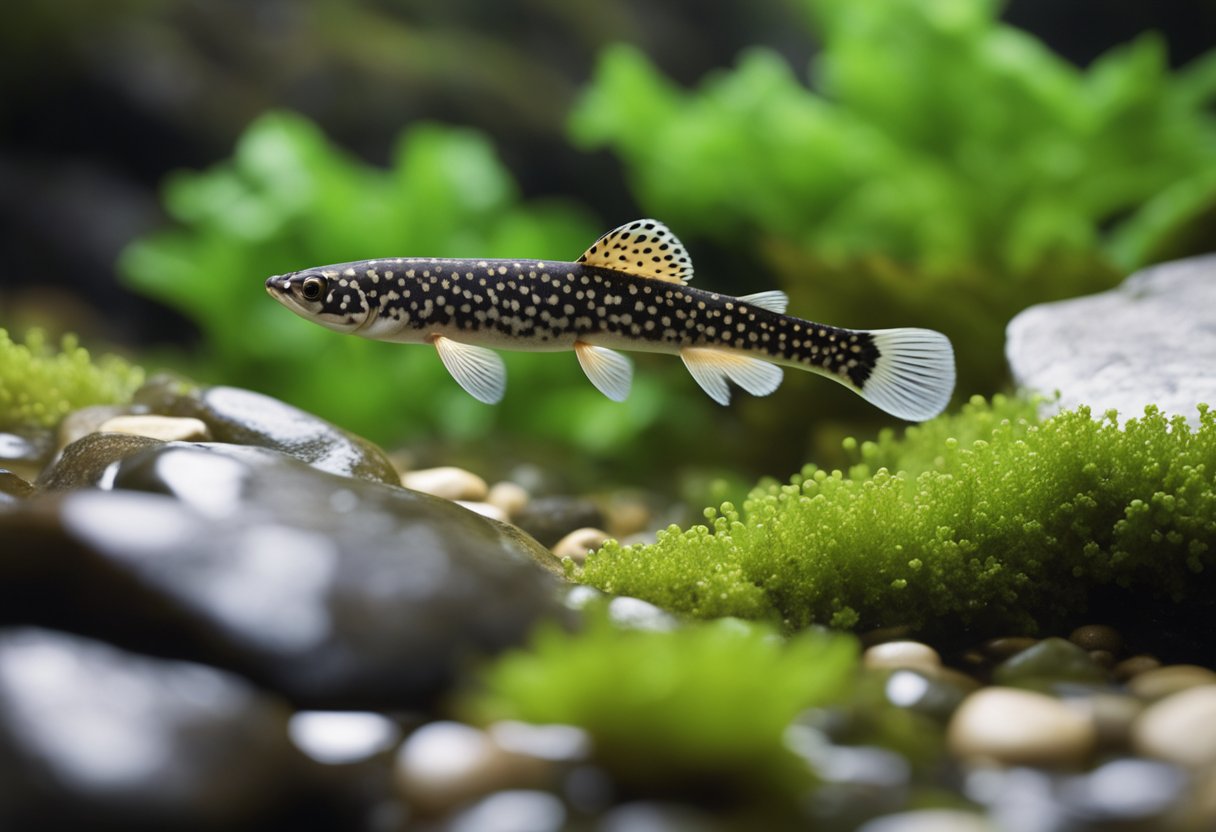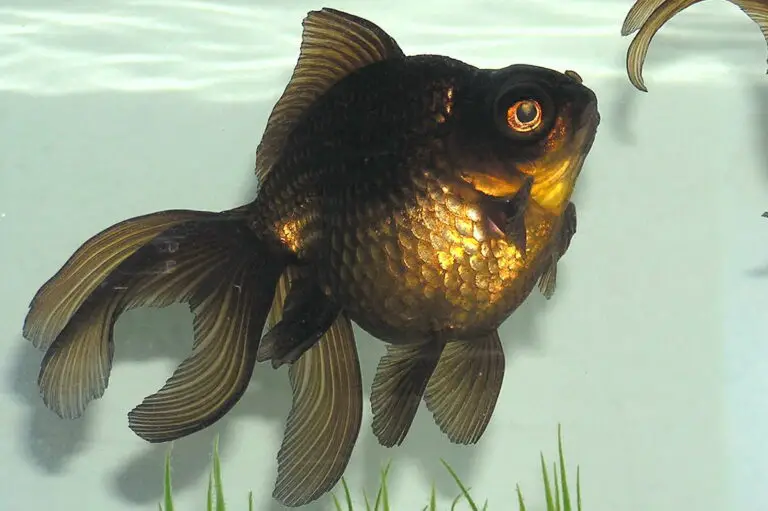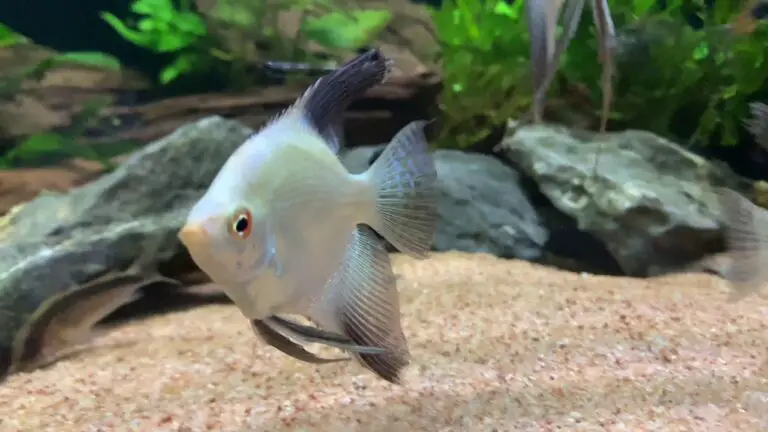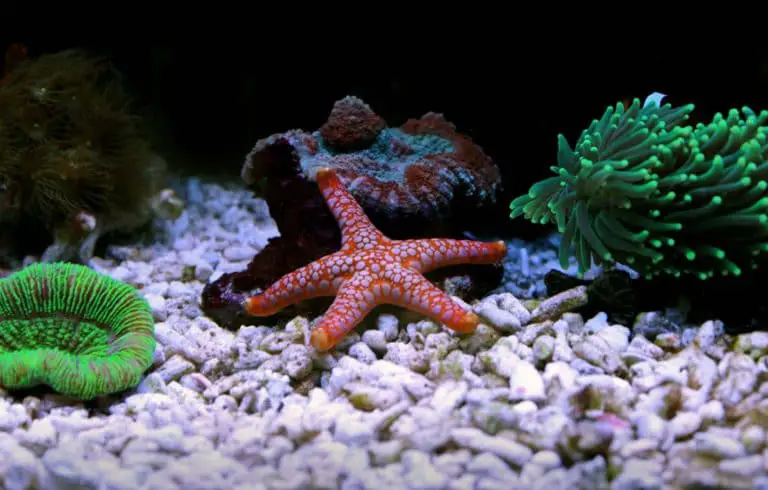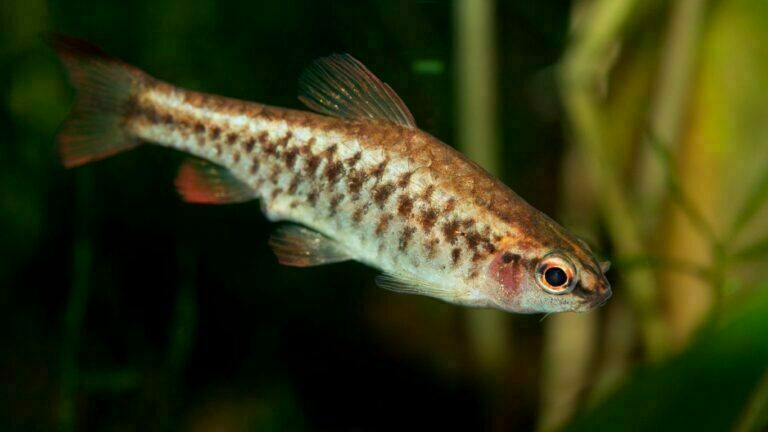Reticulated Hillstream Loach vs Hillstream Loach: What’s the Difference?
Reticulated Hillstream Loach and Hillstream Loach are two popular species of loaches that are often confused with one another.
While they share some similarities, they also have distinct differences that set them apart.
I will provide a comparison of these two species, highlighting their taxonomy, physical characteristics, habitat, behavior, and aquarium care.
Taxonomy and Classification: Reticulated Hillstream Loach and Hillstream Loach belong to the family Balitoridae, which includes over 600 species of freshwater fish.
Reticulated Hillstream Loach is scientifically known as Sewellia lineolata, while Hillstream Loach is a common name for several species, including Pseudogastromyzon myersi and Gastromyzon ctenocephalus.
Physical Characteristics: Both species have a flattened body shape, adapted to living in fast-flowing streams and rivers.
However, Reticulated Hillstream Loach has a more elongated body and a distinctive reticulated pattern of black and white stripes.
Hillstream Loach, on the other hand, has a more rounded body and a mottled brown or gray coloration.
Habitat and Distribution: Reticulated Hillstream Loach is native to the rivers and streams of Vietnam, while Hillstream Loach can be found in the fast-flowing waters of Southeast Asia, including China, Laos, and Thailand.
Both species prefer well-oxygenated water with a strong current, and they are often found in rocky or gravelly substrates.
Behavior and Ecology: Reticulated Hillstream Loach is a highly territorial species, and it can exhibit aggressive behavior towards other fish in the aquarium.
Hillstream Loach is a more peaceful species that can coexist with other fish, as long as they are not too aggressive.
Both species are active swimmers and require a well-oxygenated aquarium with a strong current.
Aquarium Care: Reticulated Hillstream Loach and Hillstream Loach require similar aquarium conditions, including a well-oxygenated tank with a strong current, rocky or gravelly substrate, and plenty of hiding places.
However, Reticulated Hillstream Loach is a more challenging species to keep, as it requires pristine water quality and can be sensitive to changes in water parameters.
Hillstream Loach is a hardier species that can tolerate a wider range of water conditions.

Important Points
- Reticulated Hillstream Loach and Hillstream Loach are two species of loaches that share some similarities but also have distinct differences.
- Reticulated Hillstream Loach has an elongated body and a distinctive reticulated pattern of black and white stripes, while Hillstream Loach has a more rounded body and a mottled brown or gray coloration.
- Reticulated Hillstream Loach is a more challenging species to keep than Hillstream Loach, as it requires pristine water quality and can be sensitive to changes in water parameters.
Reticulated Hillstream Loach
The Reticulated Hillstream Loach, also known as Sewellia lineolata, belongs to the family Balitoridae.
It is a freshwater fish species that is native to the fast-flowing streams and rivers of Vietnam.
The fish has a flattened body and can grow up to 2-3 inches (5-7.5 cm) in length.
Its body is covered with small scales, which are almost invisible to the naked eye.
The Reticulated Hillstream Loach is known for its unique reticulated pattern that runs along its body.
Hillstream Loach
Hillstream Loach is a common name for a group of fish species that belong to the family Balitoridae. These fish are found in fast-flowing streams and rivers in Southeast Asia.
The Hillstream Loach species are known for their ability to cling to rocks and other surfaces in fast-moving water. They have a flattened body and can grow up to 6 inches (15 cm) in length.
Hillstream Loaches are often kept in aquariums because of their unique appearance and behavior.
Both Reticulated Hillstream Loach and Hillstream Loach belong to the same family, Balitoridae. However, they are different species.
Reticulated Hillstream Loach is a specific species of Hillstream Loach, while Hillstream Loach is a general term that refers to a group of fish species that share similar characteristics.
Reticulated Hillstream Loach and Hillstream Loach are two different species of fish that belong to the same family, Balitoridae.
They both have a flattened body and are found in fast-moving water.
However, Reticulated Hillstream Loach is known for its unique reticulated pattern, while Hillstream Loach is a general term that refers to a group of fish species.
Borneo Loach Care: Creating the Perfect Habitat
To ensure the well-being of your Borneo Loaches, it is crucial to create the perfect habitat that closely mimics their natural environment.
Here are some key factors to consider:
Tank Size and Setup
Borneo Loaches thrive in spacious tanks that provide ample swimming space. A minimum tank size of 20 gallons is recommended for a small group of these loaches.
It is important to provide hiding spots such as caves, rocks, and driftwood, as Borneo Loaches are known to be secretive and enjoy exploring their surroundings.
However, a larger tank is always better, as these fish are active swimmers and need plenty of space to move around.
Water Parameters
Maintaining optimal water conditions is essential for the health of your Borneo Loaches. They prefer slightly acidic to neutral water with a pH range of 6.5 to 7.5.
The temperature should be kept between 75°F and 82°F (24°C to 28°C). A good filtration system is also necessary to keep the water clean and well-oxygenated.
These fish require strong water flow in their tank, so it’s important to use a powerful filter and/or a powerhead to create a current in the water.
Substrate and Vegetation
Borneo Loaches are bottom-dwellers, so it is crucial to choose a suitable substrate for your aquarium. Fine gravel or sand is recommended to mimic their natural habitat.
Adding live plants, such as Java fern or Anubias, not only provides a natural look but also creates hiding places for the loaches.
Use rocks, driftwood, and live plants to create a natural-looking environment.
Feeding Borneo Loaches: A Balanced Diet
Proper nutrition is vital for the overall health and well-being of your Borneo Loaches.
These loaches are omnivorous, meaning they will consume both plant matter and small invertebrates.
Here are some feeding guidelines to follow:
High-Quality Pellets or Flakes
A staple diet for Borneo Loaches should consist of high-quality pellets or flakes specifically formulated for bottom-dwelling fish.
Look for brands that offer a balanced mix of protein, vitamins, and minerals.
It is important to feed them small portions several times a day to prevent overeating and ensure all loaches have a chance to eat.
Supplement with Live or Frozen Foods
In addition to pellets or flakes, it is beneficial to provide occasional live or frozen foods to mimic their natural diet.
Bloodworms, daphnia, and brine shrimp are excellent choices.
These foods not only provide essential nutrients but also stimulate their natural foraging behavior.
Vegetables and Algae
Borneo Loaches also enjoy nibbling on vegetables and algae. Blanched spinach, zucchini, or cucumber can be offered as a treat.
Algae wafers or spirulina-based foods can also be included in their diet.
These plant-based options provide additional fiber and promote a healthy digestive system.
Tankmates for Borneo Loaches: Finding the Perfect Companions
Choosing suitable tankmates for your Borneo Loaches is crucial to ensure a harmonious and stress-free environment.
Here are some compatible species to consider:
Peaceful Community Fish
Borneo Loaches are peaceful by nature and can coexist with a wide range of community fish.
Species like tetras, rasboras, gouramis, and peaceful barbs make excellent companions.
Avoid aggressive or territorial fish that may intimidate or harm the loaches.
Bottom-Dwelling Species
Since Borneo Loaches are predominantly bottom-dwellers, it is beneficial to include other species that inhabit the same area.
Corydoras catfish, small plecos, and other loach species, such as the YoYo Loach or Clown Loach, can create a dynamic and active bottom-dwelling community.
Snails and Shrimp
Adding snails or shrimp to the aquarium can provide additional interest and help with algae control.
Borneo Loaches typically do not prey on these small invertebrates and can peacefully coexist with them.
Borneo Loach Breeding: A Challenging Endeavor
Breeding Borneo Loaches in captivity can be a challenging task, as they require specific conditions to trigger the breeding process.
Here are some considerations for those interested in breeding these loaches:
Separate Breeding Tank
Creating a separate breeding tank is essential to provide the right conditions for successful breeding.
The tank should be well-planted with fine-leaved plants, as the loaches prefer to lay their eggs among the vegetation.
Water Conditions and Temperature
To stimulate breeding behavior, replicate the natural environment by adjusting the water conditions.
Lower the temperature to around 75°F (24°C) and perform regular water changes to mimic the rainy season in Borneo.
Ensure that the water parameters remain stable throughout the breeding process.
Spawning Behavior
Borneo Loaches exhibit unique spawning behavior known as “embracing.” The male wraps his body around the female, and they release eggs and milt simultaneously.
After spawning, adults should be removed from the breeding tank to prevent them from consuming the eggs.
Raising Fry
Once the eggs hatch, the fry are delicate and require special care.
Infusoria or commercially available liquid fry food can be provided as their first food.
As they grow, gradually introduce baby brine shrimp or finely crushed flakes to their diet.
Conclusion
Borneo Loaches are captivating and unique additions to any aquarium. By providing them with the proper care, including a suitable habitat, a balanced diet, and compatible tankmates, you can ensure their well-being and enjoy their fascinating behavior.
Remember to closely monitor water parameters and maintain a clean environment to promote their overall health.
With the knowledge and insights gained from this comprehensive guide, you are well-equipped to embark on a successful journey of Borneo Loach care.
